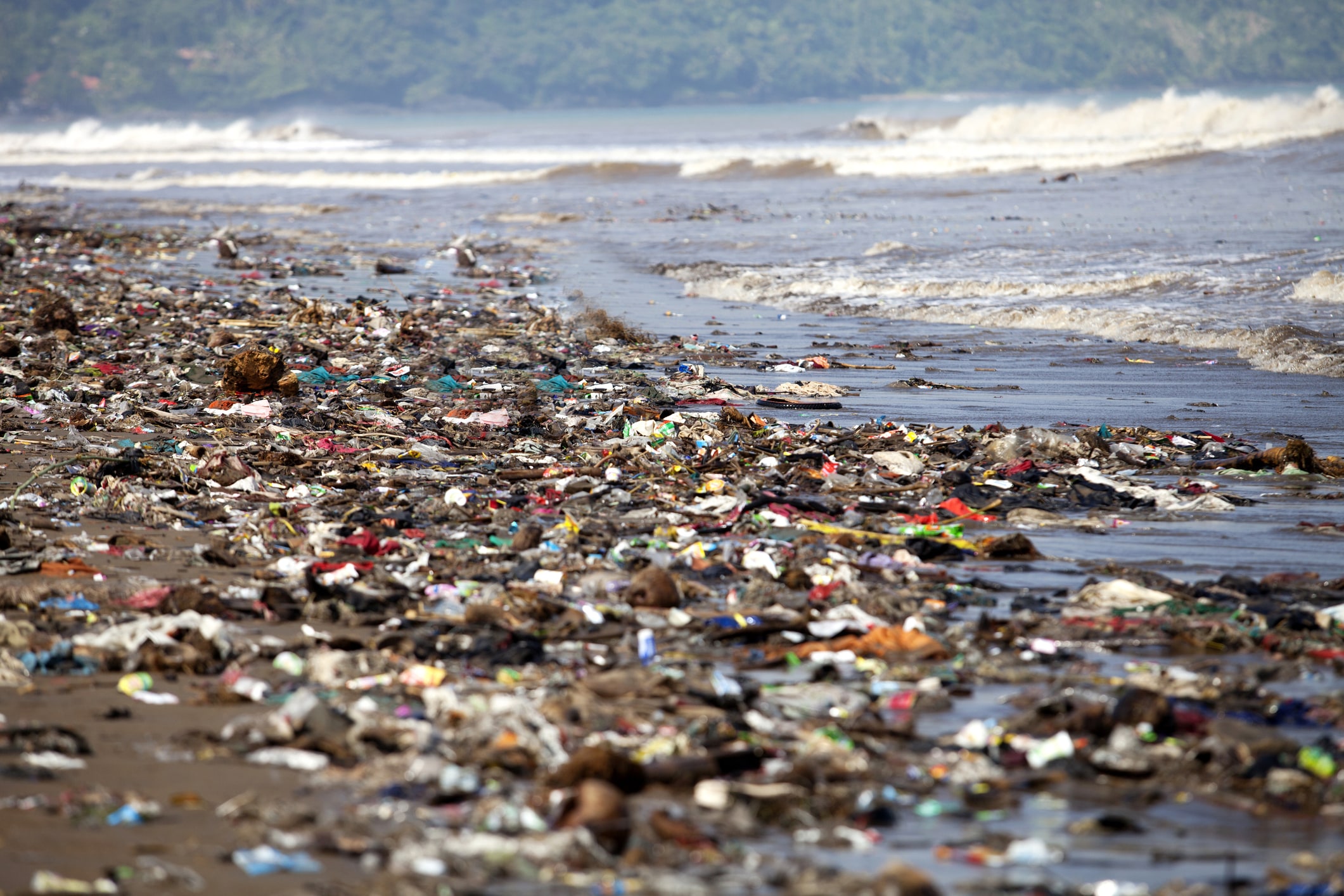
By 2050, the world’s oceans will contain, ton for ton, more plastic waste than fish. In the US alone, 50 billion single-use plastic bottles are used each year, while over 500 million plastic straws are thrown away each day. This speaks volumes of the food and beverage industry for the painful repercussions of plastic packaging production.
Perhaps this mass production of plastic waste wouldn’t be so detrimental to our safety and environment if it didn’t take 700 years for a single bottle to begin decomposing. The combination of our waste production with the time needed for decomposition has led to the creation and growth of the “Great Pacific Garbage Patch”—an area of the Pacific Ocean composed of plastic waste and measured at the size of Texas.
Reducing plastic waste
The consequences of plastic waste within the US manifests in monumental costs in clean up, endangered animal life and endangered human life, considering one in four fish contains plastic in its gut.
While addressing these problems can be done individually, by including practices such as bringing your own reusable bags to grocery stores or requesting your coffee cup is served without a plastic lid, the food and beverage industry leaders must take responsibility in ensuring their production models are mindful of an ever-lasting footprint on the environment and, subsequently, the global population.
There are two ways in which food and beverage providers can effectively reduce their contribution to plastic waste:
Recycling plastic waste
While Europe and China recycle at a rate of 30% and 25%, respectively, the US has remained at 9% since 2012. Considering single-use food and beverage packaging is a leading source of plastic pollution filling our oceans, the food and beverage industry leaders can take steps towards increasing the recycling rate. They can, for starters, be sure to utilize recycled material in product packaging, as done by McDonald’s and Starbucks. They can also utilize their customer contact as an opportunity to educate the public, clipping information cards to menus and explaining the commitment to reducing plastic waste.
Nonetheless, while recycling is key to removing the plastic waste piling up in our landfills and oceans, it mitigates carbon impacts only to a limited extent. For example, 80% of the environmental impact occurs during bottle manufacturing, which is still necessary with recycled plastic. After collecting, shredding, and washing the bottles, recycling only removes about 10% of the carbon impact from a bottles life. As such, prevention of plastic waste is the preferred method of waste reduction for businesses in food and beverage services.
Preventing plastic waste
Albert Einstein once said, “Intellectuals solve problems, geniuses prevent them”. As such, perhaps the greatest way to reduce our plastic waste is to remove plastic from the equation. There are many ways in which food and beverage businesses can opt out of using plastic, such as:
- Providing or utilizing water dispensers for self-serve or refill purposes
- Using refillable containers for salt, pepper, sugar, milk, hot sauce, etc
- Using real, reusable cutlery and cloth instead of plastic and napkins
- Offering reusable to-go containers at an additional cost or with a return deposit
Businesses in food and drink that cater to many people possess the opportunity to reduce plastic waste on a large scale. Making the necessary adjustments may require initial determination and costs, but the payout will result in greater production savings, positive reputability, and, for what it’s worth, a more habitable planet.
Sidrah Ahmad is an expert content creator for Waterlogic, a provider of water coolers to businesses and offices across the globe. Waterlogic help workplaces comply with regulations on access to refreshing, filtered drinking water
